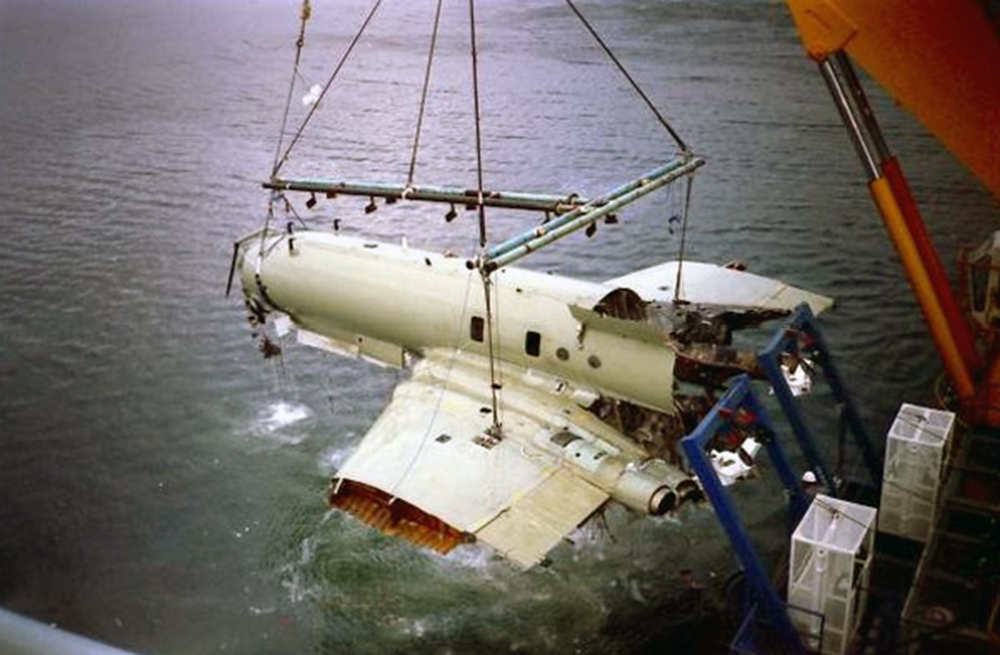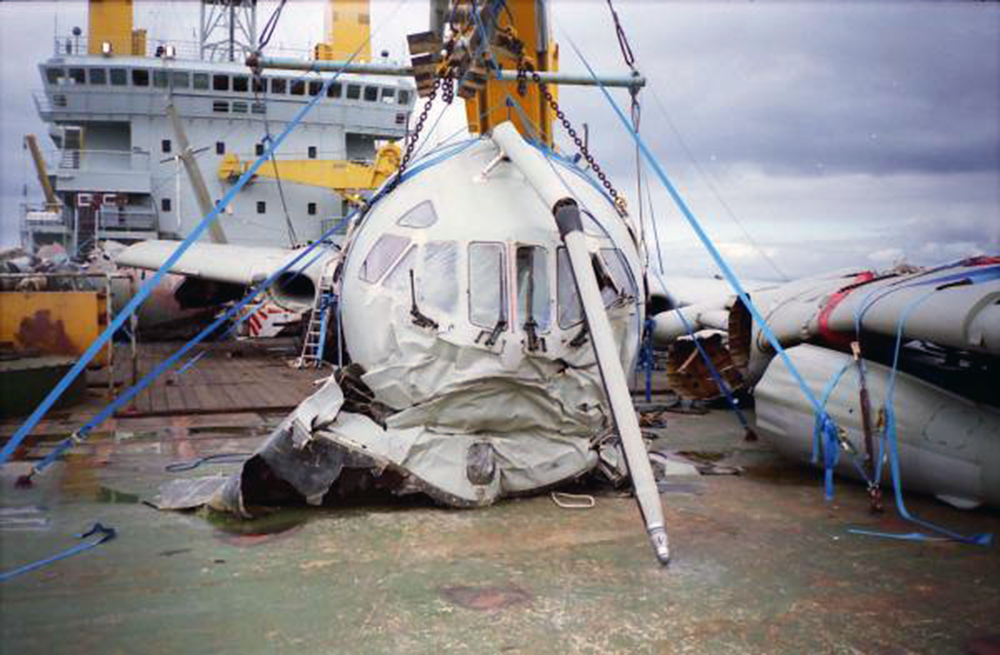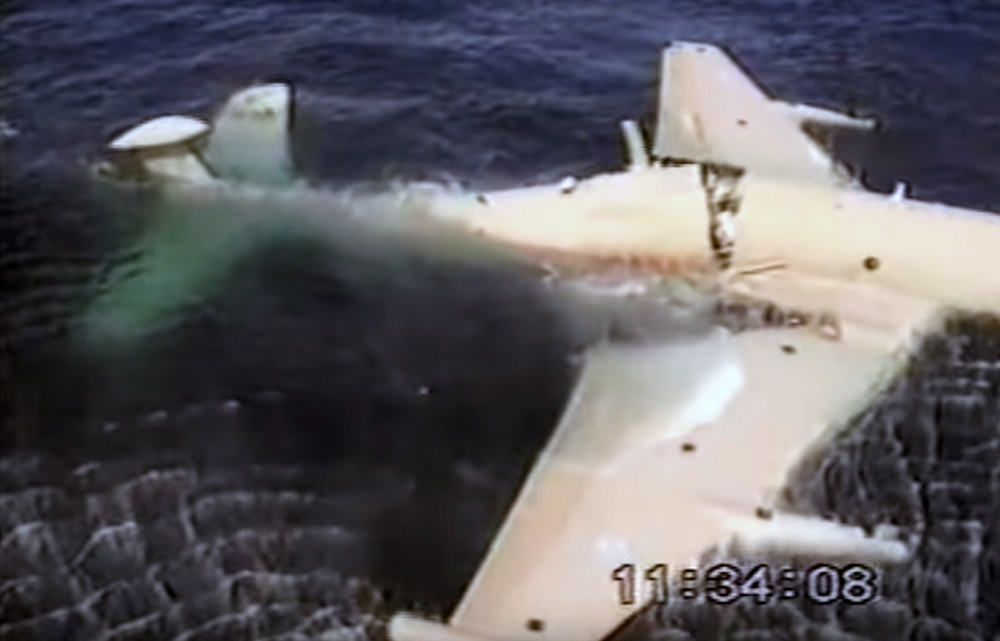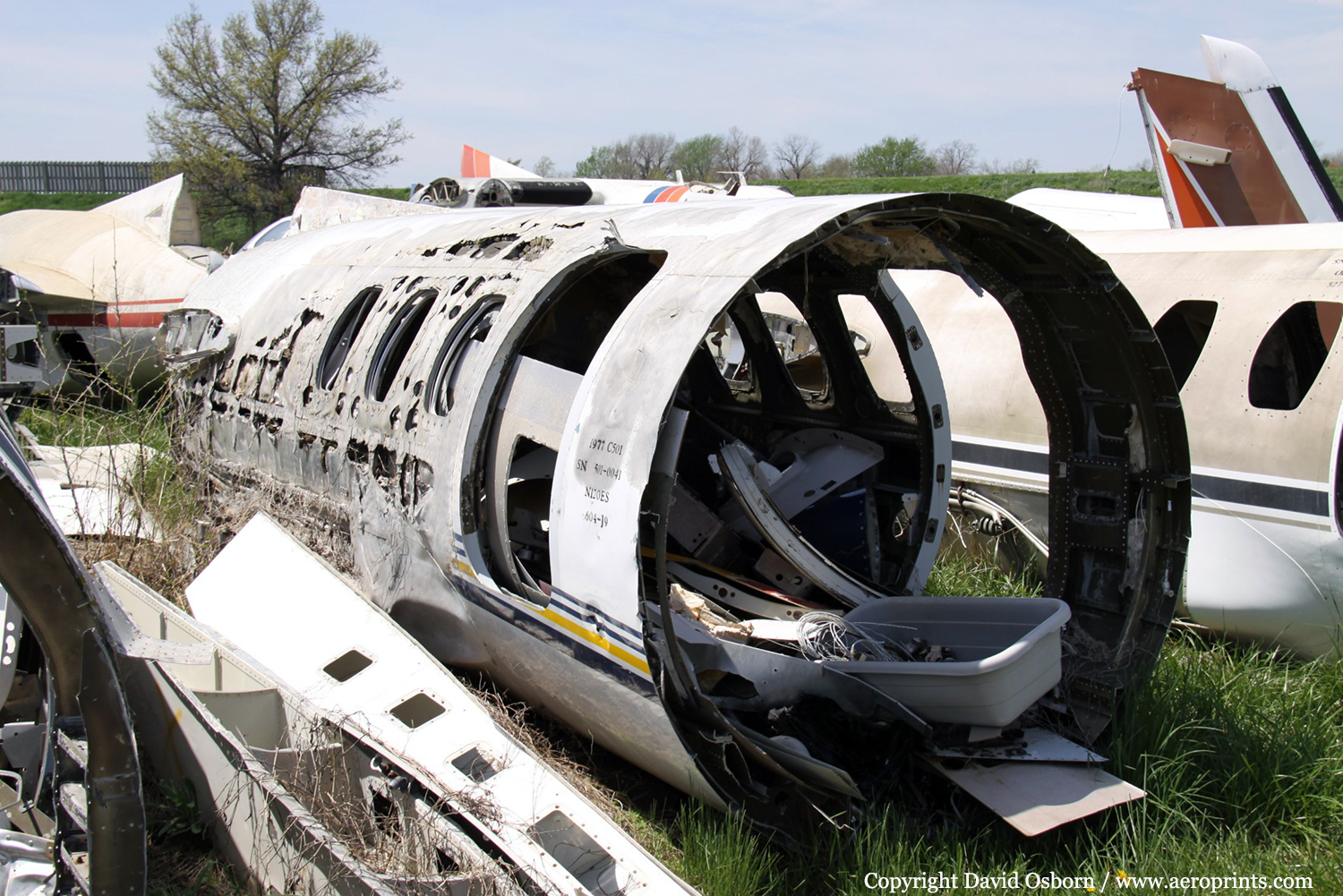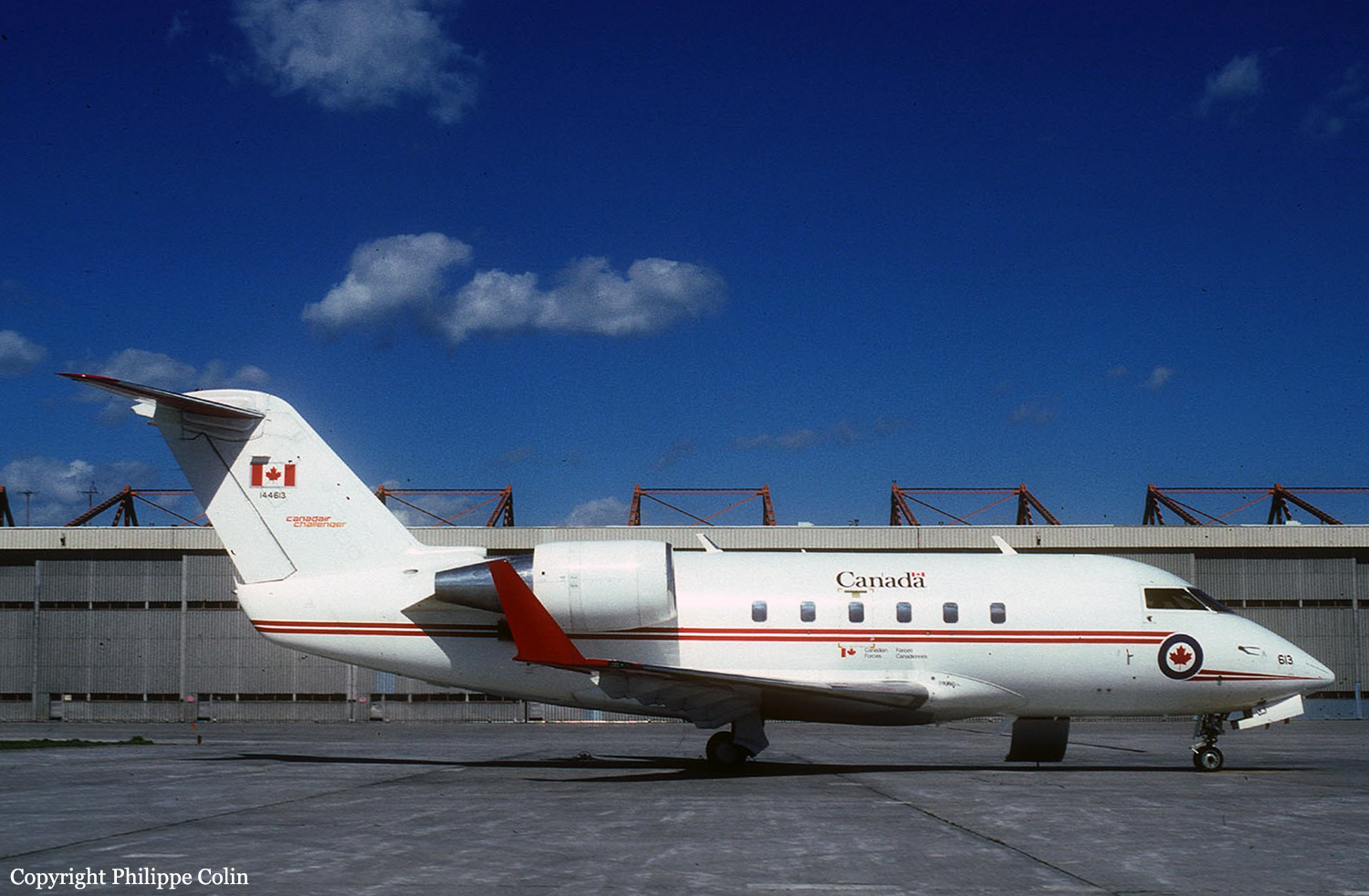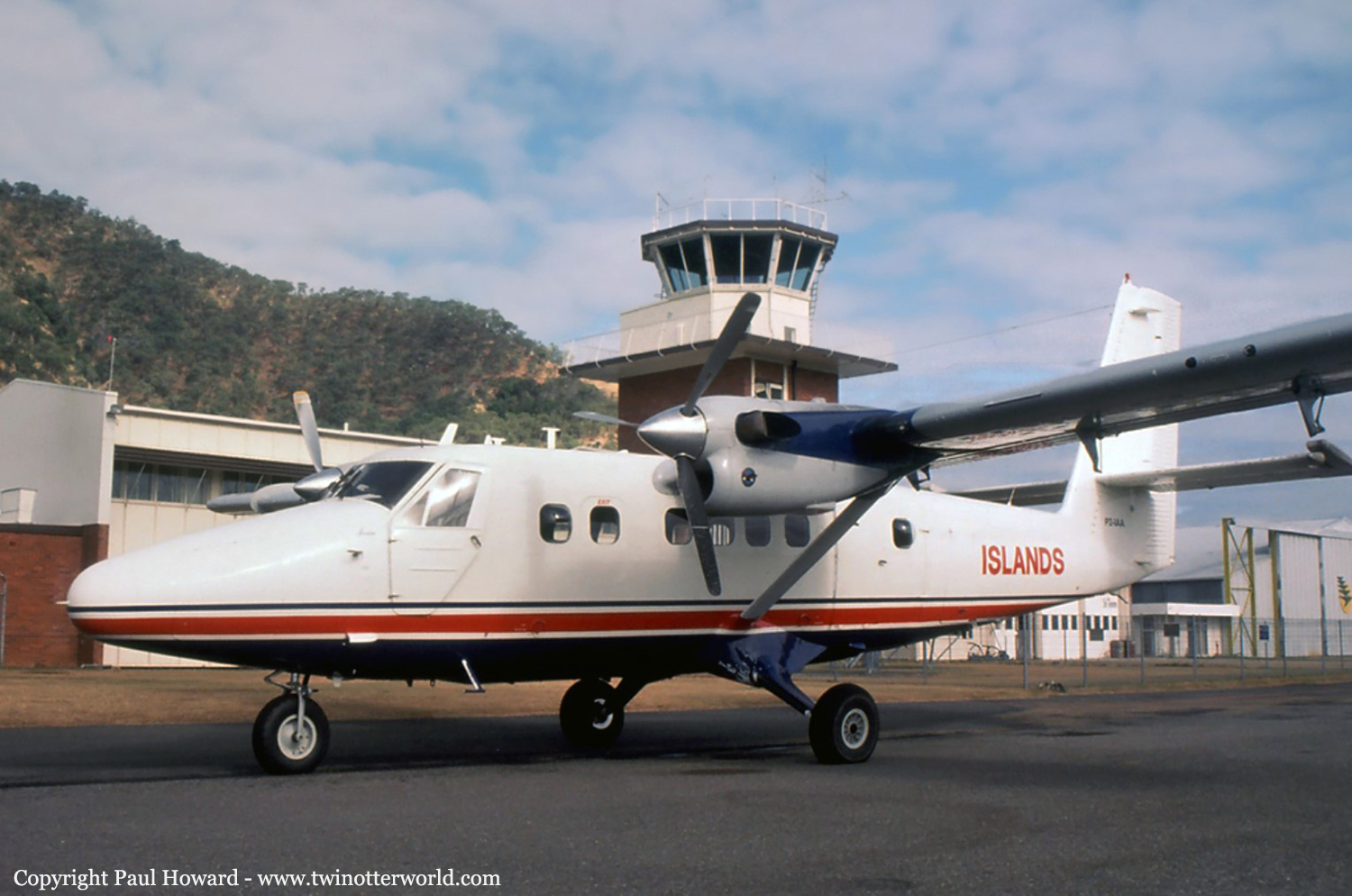Crash of a Convair CV-580F in Vitoria
Date & Time:
May 19, 1995 at 1839 LT
Registration:
EC-899
Survivors:
Yes
Schedule:
Vitoria - Vitoria
MSN:
354
YOM:
1956
Crew on board:
2
Crew fatalities:
Pax on board:
2
Pax fatalities:
Other fatalities:
Total fatalities:
0
Circumstances:
The crew was completing a local training mission at Vitoria Airport. In good weather conditions, the crew was approaching the airport in a flapless configuration when an alarm sounded in the cockpit. The crew turned off the circuit breaker so the alarm stopped. The aircraft landed on its belly and slid for few dozen metres before coming to rest. All four occupants escaped uninjured and the aircraft was damaged beyond repair.
Probable cause:
The aircraft belly landed after the crew failed to follow the approach checklist and turned off the circuit breaker.




